MRT reliability falls in September as North-South Line records weakest performance
Singapore’s MRT network saw a second consecutive monthly dip in reliability, as new LTA figures showed trains travelled fewer kilometres between delays. New indicators, including punctuality and passenger impact measures, were also released to give a fuller view of rail performance.

- MRT reliability fell for the second month in a row, with the 12-month moving average dropping to 1.67 million train-km between delays.
- LTA released three new indicators, including punctuality, which showed 99.16 per cent of trains ran on time in September.
- Major disruptions occurred across the NSL, EWL, CCL and Punggol LRT, prompting continued scrutiny of network performance.
Singapore’s MRT network recorded a second month of declining reliability, based on data released by the Land Transport Authority (LTA) on 14 November.
The latest figures showed trains travelled an average of 1.67 million train-km between delays lasting more than five minutes from October 2024 to September 2025.
This represented a fall from the 1.74 million train-km recorded between September 2024 and August 2025.
LTA said the figures were derived from the 12-month moving average of mean kilometres between failure.
It added that the measure captures the distance a train travels before experiencing a delay of more than five minutes.
Singapore’s target remains one million train-km for the entire MRT network.
LTA also published three new indicators on rail reliability and passenger experience for the first time on 14 November.
According to the authority, these indicators were introduced to give a fuller picture of rail performance.
One of them measured punctuality, with 99.16 per cent of trains running on time in September.
The other indicators captured the impact of disruptions on passengers and the proportion of services operating according to schedule.
There were two major MRT disruptions of more than 30 minutes in September.
LTA’s data showed these incidents occurred on the Circle Line on 1 September and the East-West Line on 16 September.
On the LRT network, the Punggol LRT line experienced a three-hour disruption on 13 September.
The North-South Line, operated by SMRT, was the only line performing worse than the moving average in the previous month.
It recorded 1.24 million train-km between delays in September, down from 1.65 million in August.
This made it the least reliable MRT line during the period.
The line saw two disruptions.
According to LTA, the first affected services between Woodlands and Yishun on the evening of 2 September due to a train fault.
Passengers were delayed from 8.05pm to about 8.50pm.
Another disruption occurred between Newton and Ang Mo Kio late on the morning of 14 September.
Travellers along the stretch between 11.44am and 12.21pm experienced longer journeys.
In both instances, SMRT was able to resume services partially in under 30 minutes.
The Downtown Line, run by SBS Transit, remained the best performing line across the network.
It recorded 2.77 million train-km between delays in September, up slightly from 2.76 million in August.
The North-East Line, also operated by SBS Transit, improved to 2.16 million train-km between delays, from 2.14 million previously.
The East-West Line registered 1.7 million train-km between delays, compared with 1.68 million a month earlier.
The Circle Line, run by SMRT, was no longer the least reliable line.
It improved to 1.49 million train-km between delays, up from 1.25 million in August.
The Thomson-East Coast Line, also operated by SMRT, remained excluded from the overall reliability figure.
LTA said this is because the line is not yet fully completed.
It will be added to the overall figure about one year after its fifth phase opens in the second half of 2026.
The latest reliability figure for the Thomson-East Coast Line was 287,000 train-km between delays in September, down from 311,000 in August.
LTA noted that teething issues persist on the new line.
It said these issues require the authority and SMRT to work with equipment manufacturers to resolve them.
While such problems could cause delays, LTA said their nature differs from delays on mature lines.
On the LRT network, overall reliability improved.
Trains recorded 474,000 car-km between delays in September, up from 420,000 in August.
The Sengkang-Punggol LRT, operated by SBS Transit, improved slightly to 842,000 car-km between delays.
The Bukit Panjang LRT, run by SMRT, posted 253,000 car-km between delays, an increase from 209,000 in August.
Public attention has intensified since at least 15 rail disruptions were recorded between July and September.
In response, the Government formed a rail reliability task force.
According to LTA, the task force is expected to submit its final recommendations by the end of 2025.

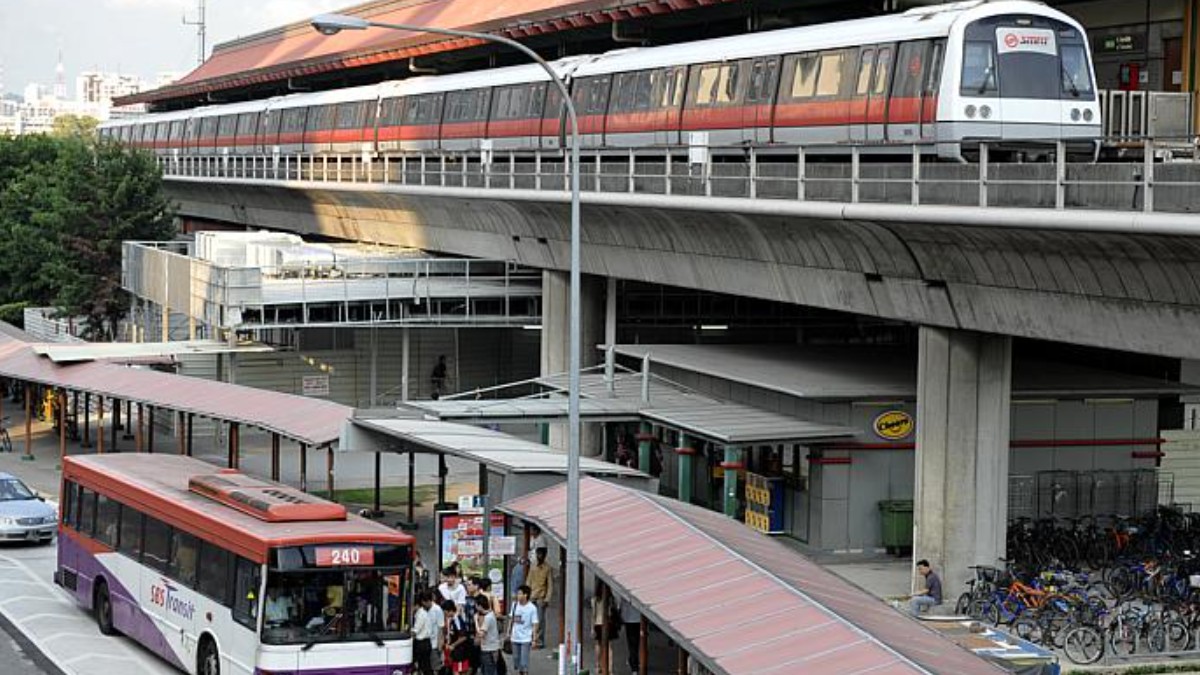

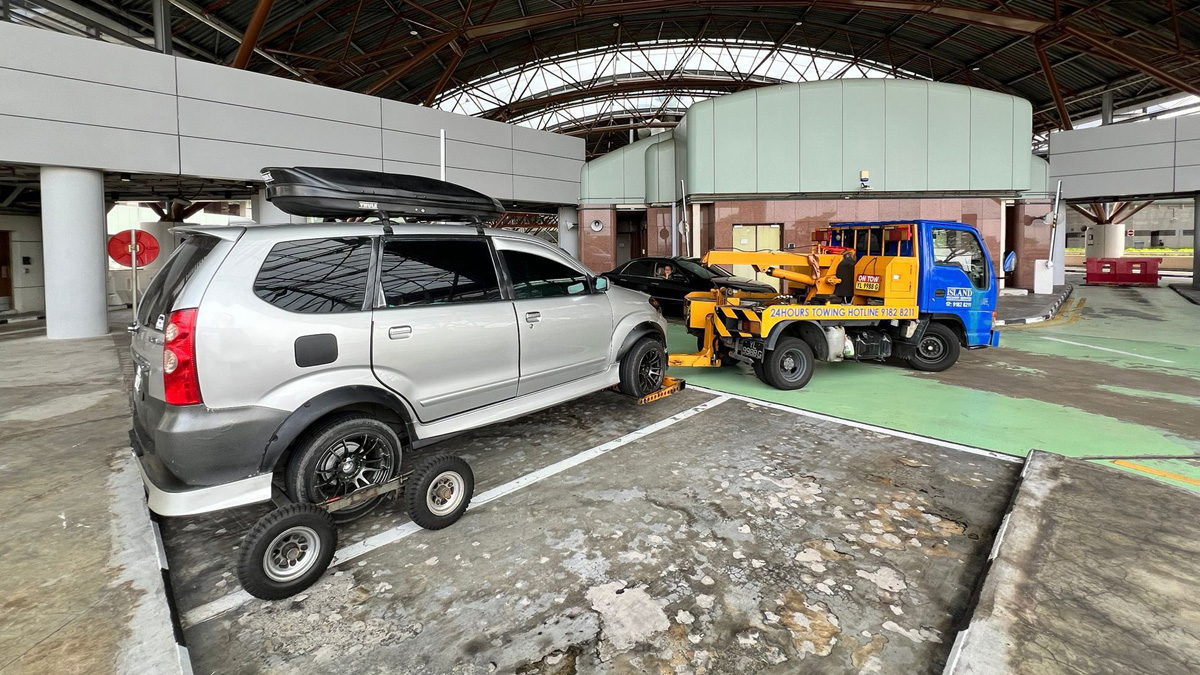
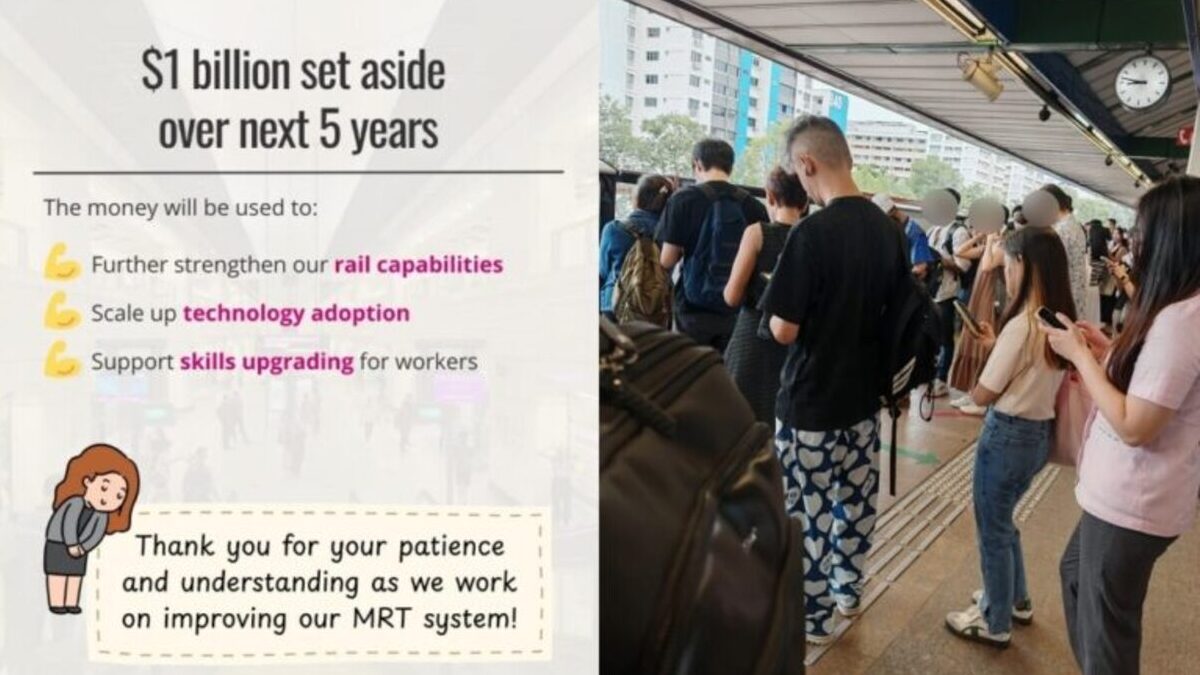
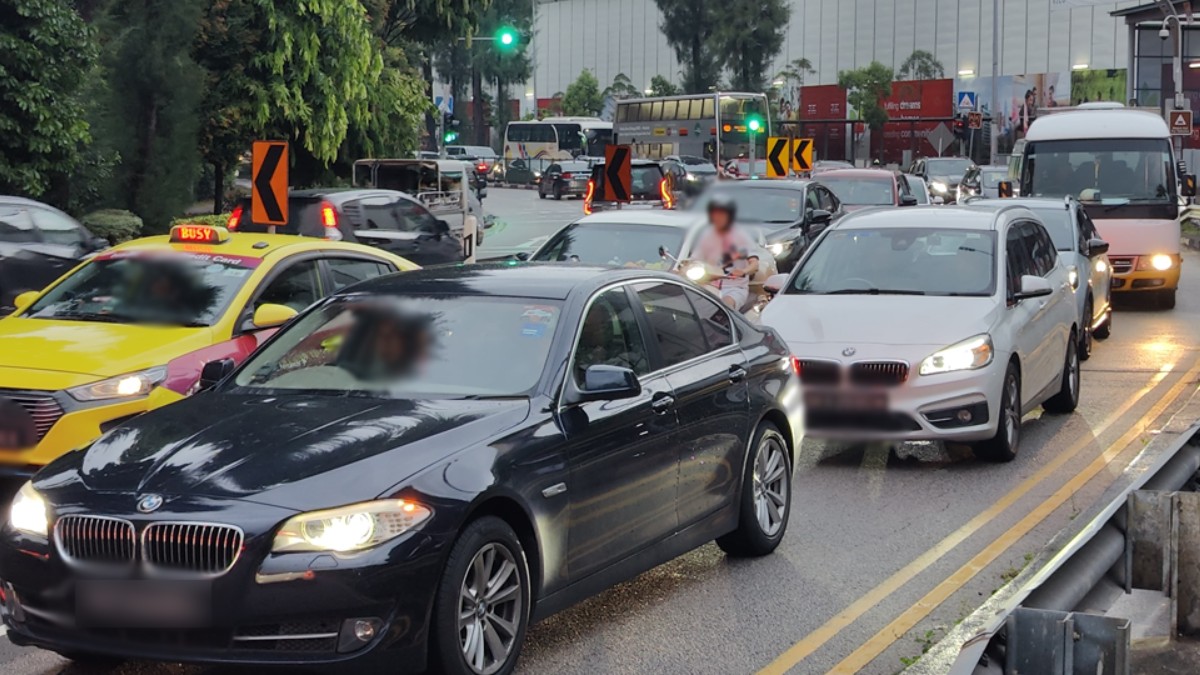

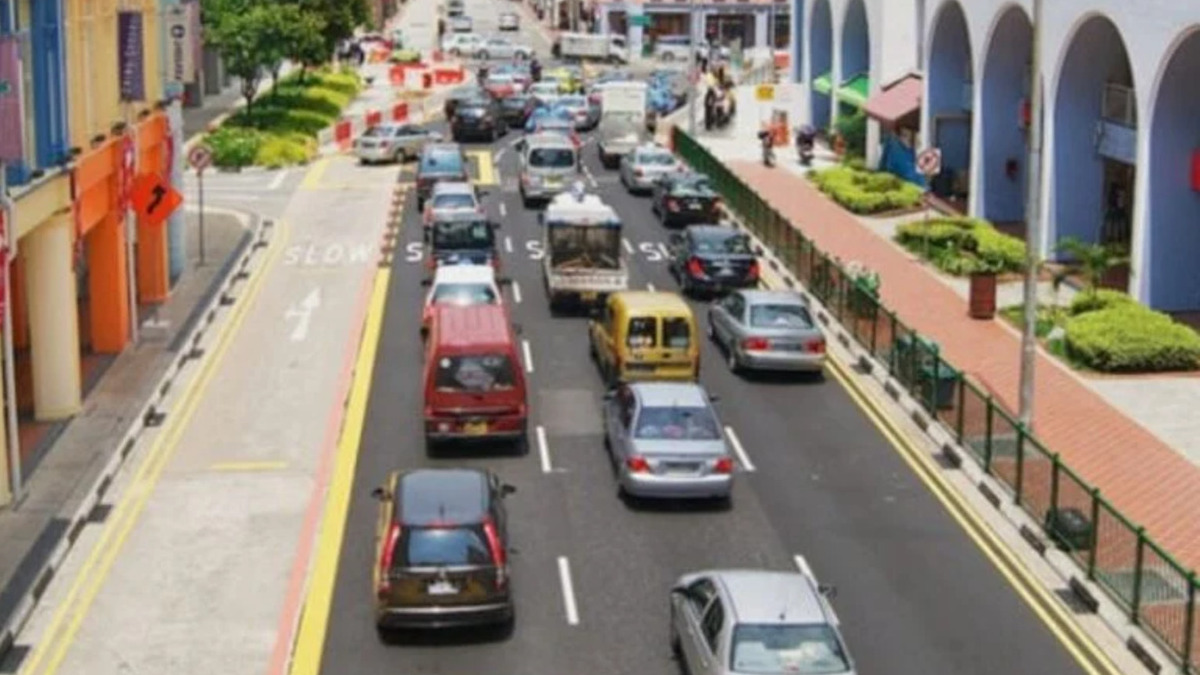

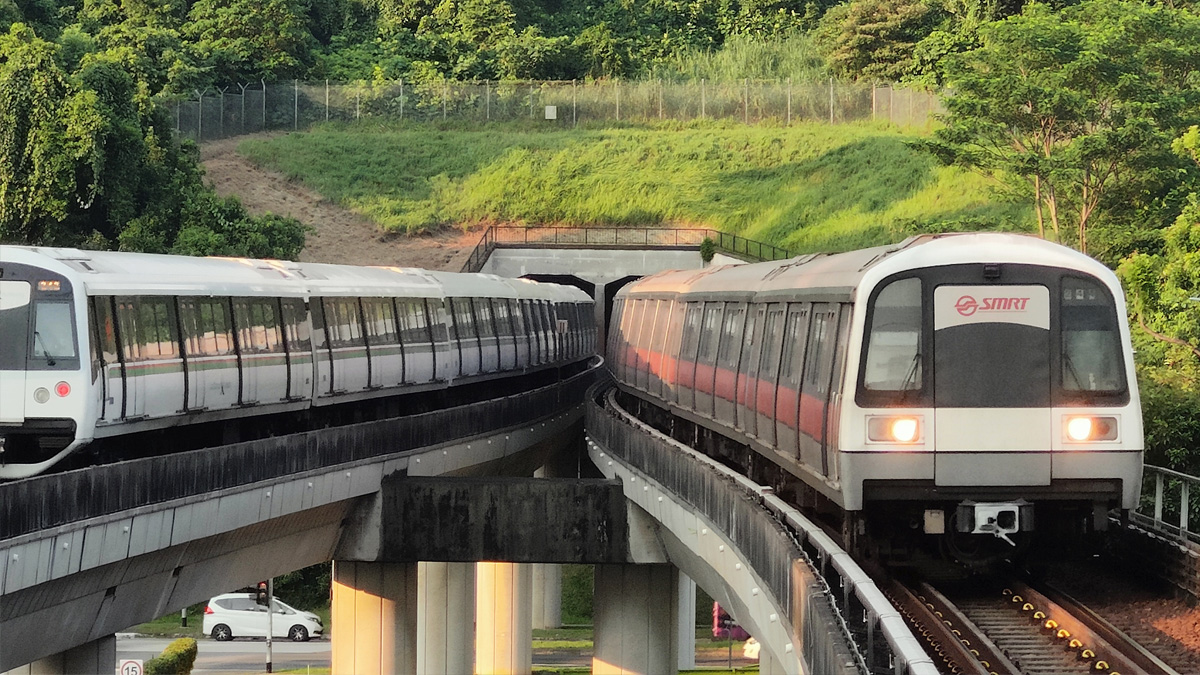
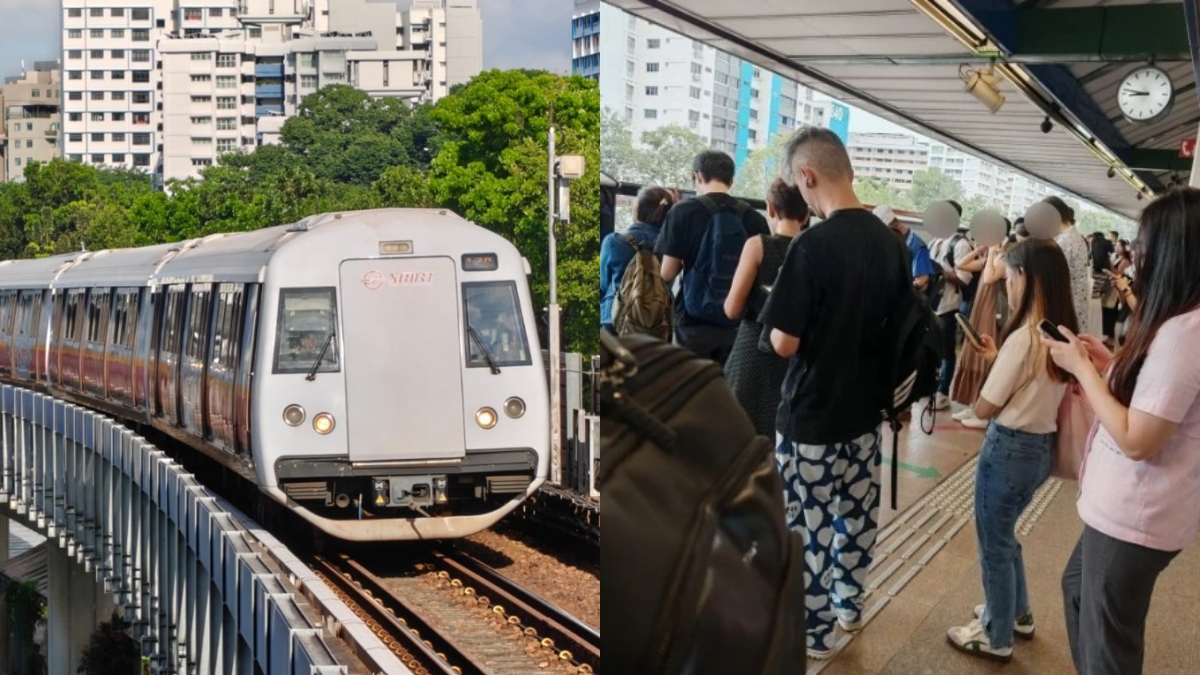
0 Comments